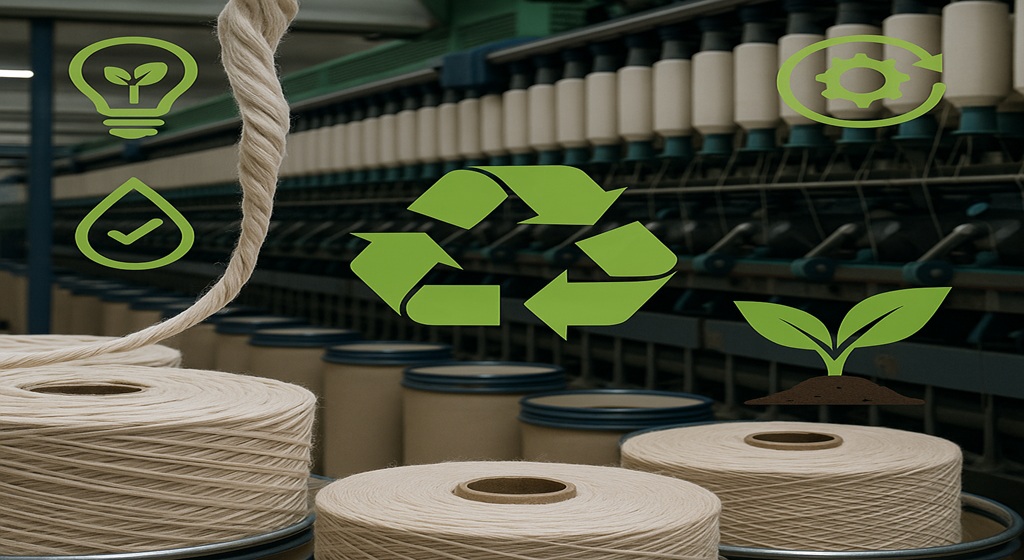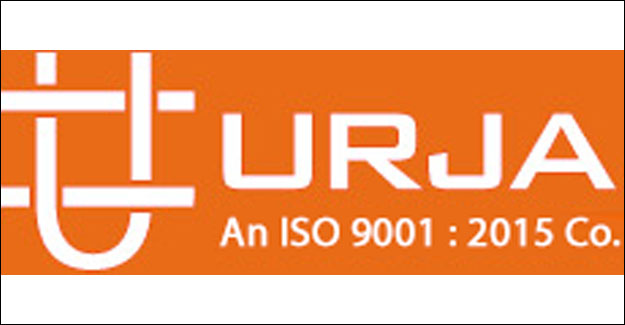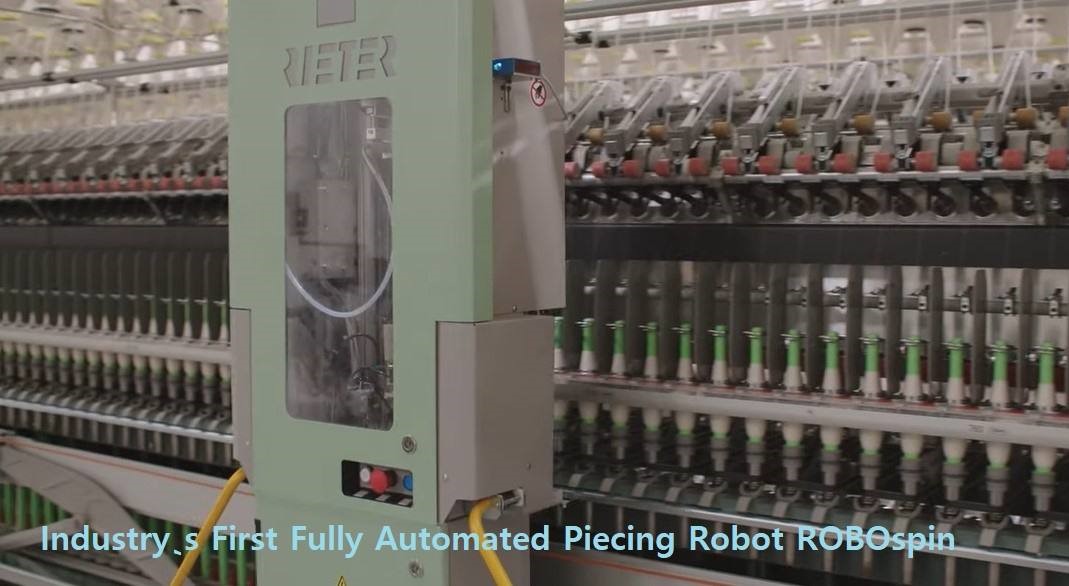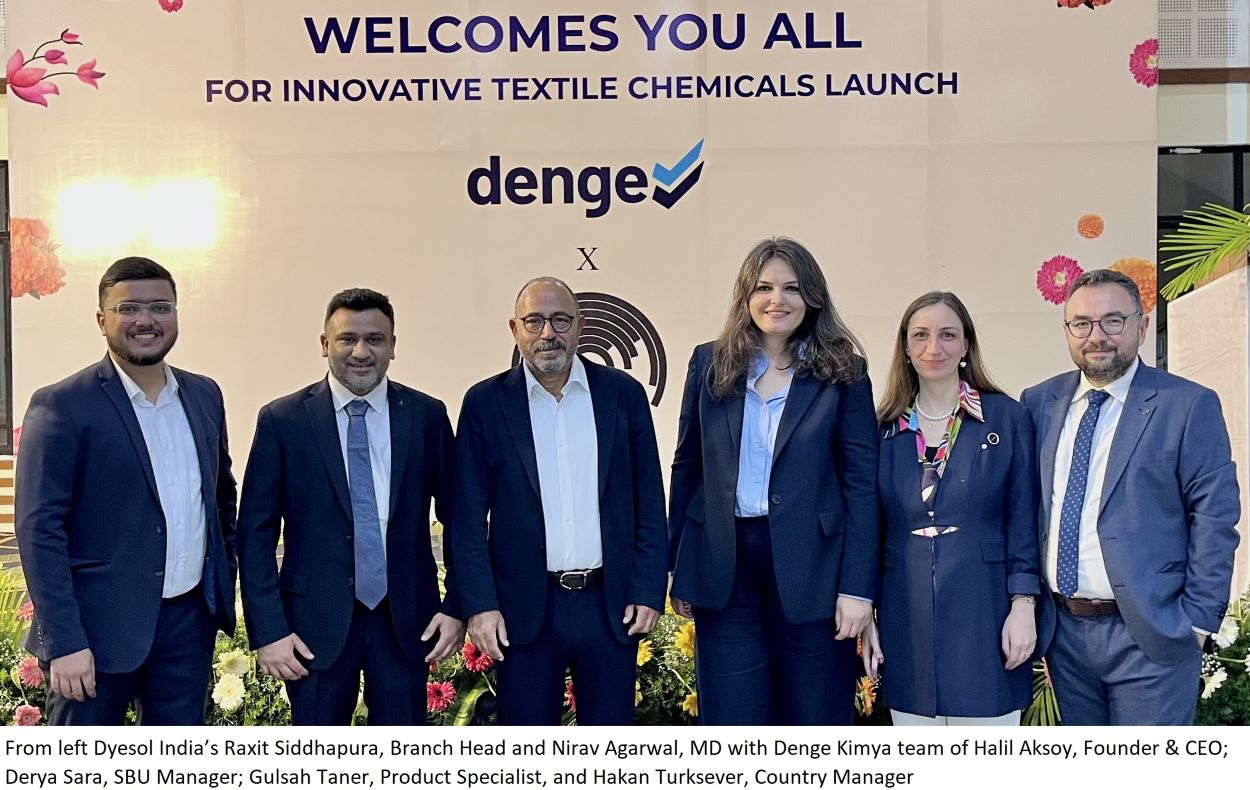
Zero-Waste Yarn Manufacturing The Future Blueprint for Responsible Textile Engineering
The zero-waste imperative
in yarn manufacturing is no longer aspirational rhetoric but a strategic
transformation anchored in measurable precision. As sustainability frameworks
move from voluntary adoption to regulatory expectation, spinning mills are investing
in deep process innovations to eliminate waste at the source. Engineers are
rewriting the rulebook using digitized, sensor-driven platforms that optimize
inputs, eliminate redundancies, and repurpose every byproduct.
Technological Anchors of Closed-Loop Systems
Modern spinning units now
rely on integrated waste reprocessing lines, particularly in rotor spinning
setups, where blowroom and carding waste is directly reintroduced into the
system. Technologies such as the Trützschler Waste Extractor Series and Rieter
VARIOset allow controlled blending of reclaimed fibres without compromising
yarn strength. Auto-levellers in carding and draw frame stages, such as the
Autocard TC 19i, deploy adaptive sensors to ensure fibre uniformity even in
regenerated blends.
Supercritical CO₂ and Foam Dyeing
Integration
Waterless dyeing has moved
from pilot to production. Mills are deploying DyeCoo’s supercritical CO₂ dyeing
modules, which inject dye directly into synthetic fibres without water, while
cotton yarn lines are integrating foam dyeing technology from companies like
TÜBITAK and Gaston Systems. These systems not only reduce chemical discharge
but also cut down thermal drying cycles, offering energy savings upwards of 60%.
AI and Predictive Maintenance in Ring
Spinning
Real-time energy analytics
through AI platforms such as Uster® Quantum 4.0 and SAVIO’s Multilink with
Smartconer® enable predictive yarn quality control and reduced yarn breaks.
These systems analyse spindle performance, yarn tension variability, and
humidity interaction to fine-tune the spinning environment dynamically,
drastically reducing mechanical waste and idle downtimes.
Digital Twins: Simulation Before Execution
Yarn design is shifting
from physical trial to virtual validation. Platforms like PTC Creo and Dassault
Systèmes’ DELMIA now simulate stress, torsion, and elasticity for multi-fibre
blends before spinning trials. This simulation-first approach minimizes test
production, saves raw material, and speeds up time to market for complex blends
such as modal-hemp or recycled PET-cotton.
Material Selection Aligned to Circularity
Fiber selection is guided
by recyclability indexes and lifecycle impact assessments. Mills are adopting
traceable, mono-material blends to ease future recycling, often supported by
blockchain-led platforms such as FibreTrace. Yarn ranges are being designed for
end-of-life disassembly, aligning with global brand commitments to extended
producer responsibility (EPR).
Strategic Implication for Indian Textile
Industry
For Indian mills, which
face increasing scrutiny from EU CBAM regulations and US import standards,
zero-waste yarn manufacturing offers a competitive edge. Forward-looking units
in Tiruppur and Ludhiana are already integrating fibre reclamation plants and
upgrading dyeing lines to closed-loop formats. Government-backed ESG incentives
under schemes like PM MITRA and RoDTEP further enable this transition.
Conclusion: Manufacturing Minus the Margin
of Waste
Zero-waste yarn
manufacturing is not just a sustainability measure. It is a reengineering of
process philosophy where efficiency meets ethics, and innovation meets
accountability. As global buyers seek traceable and circular yarns, only those
who build technological resilience into their operations will remain supply
chain relevant in the textile ecosystem of the future.
As sustainability frameworks move from voluntary adoption to regulatory expectation, spinning mills are investing in deep process innovations to eliminate waste at the source. Engineers are rewriting the rulebook using digitized, sensor-driven platforms that optimize inputs, eliminate redundancies, and repurpose every byproduct.
If you wish to Subscribe to Textile Excellence Print Edition, kindly fill in the below form and we shall get back to you with details.








